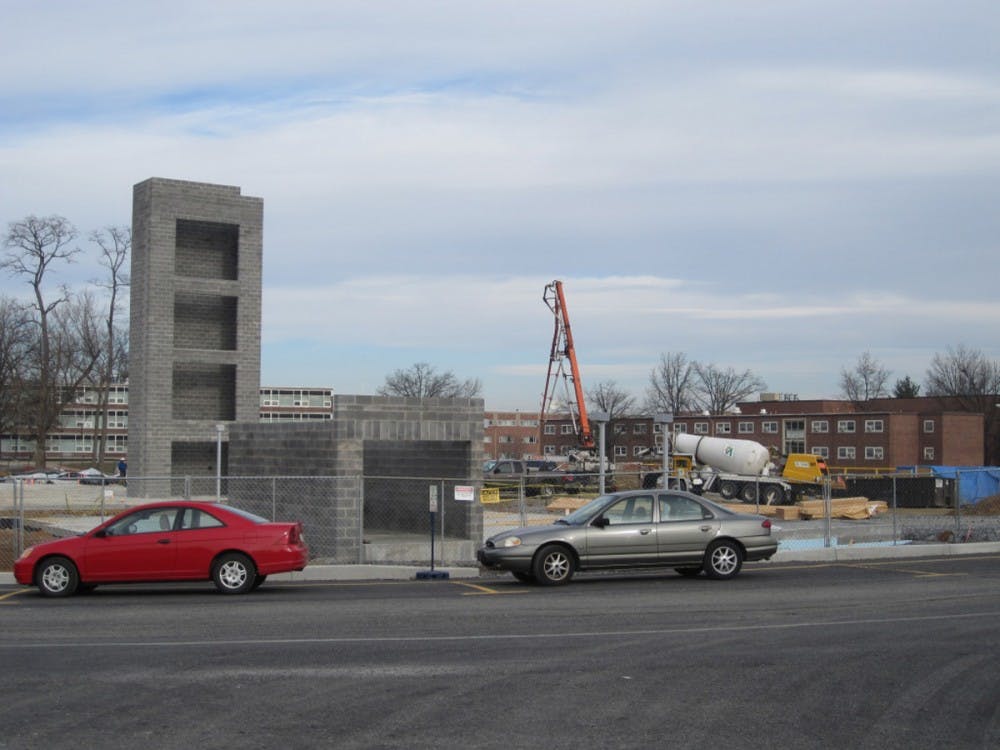Roofers hold one of the most dangerous jobs in America. As of August 2011, CNNMoney listed the occupation as the sixth most dangerous job in the United States.
Construction itself is recognized as an extremely risky occupation and a roofer is only one type of construction laborer.
Other construction trades may include stonemasons, pipelayers, plumbers, carpenters, electricians and plasterers, as well as those who do any demolition before the project begins.
While these different operations are performed simultaneously, it seems inevitable that something could go wrong.
As we know, Shippensburg University has recently been making structural improvements to campus. With numerous projects in motion, SU has employed multiple contracting companies to keep the upgrades coming.
All of these companies are required by law to have a safety plan on file following Occupational Safety and Health Administration regulations.
Such prepared plans include limits to chemical exposure, requirements for the use of personal protective equipment and stipulations for safety procedures.
For example, aerial work requires certain gear to be worn such as fall equipment and safety ties.
Likewise, all workers who run cranes, lifts and heavy equipment are required to have certification to do so. The same goes for those who perform electrical work, steel erection or those who weld.
Every worker on-site is encouraged to wear hard hats, safety glasses and ear protection.
According to Lance Bryson, SU’s associate vice president for facilities, the construction crews are monitored daily.
“We inspect them daily and report deficiencies to the site superintendent for immediate action,” Bryson said. “They (the construction workers) also have weekly safety meetings.”
Although precautions are taken to a certain extent, this does not mean that sites themselves can not be tricky to handle.
When asked about the most challenging work zone on campus Bryson replied, “Probably the CUB renovation since there was high steel, site welding, electrical and gas underground utilities to avoid during excavation.”
Another difficult project was the roof of the Heiges Field House. Bryson explained this was complicating because of the roof’s curvature, height and difficult access.
Despite these complicating work zones, Bryson reported only a few minor cuts and an electrical flash burn. According to Bryson, the cuts were from everyday activity and the flash burn accident was caused by improper safety practice.
“An electrician dropped a tool into a live electrical panel,” Bryson said.
With the potential for accidents always present, projects happening now and those planned for the future will certainly continue to adhere to Occupational and Safety Health Admistration’s standards.




The Slate welcomes thoughtful discussion on all of our stories, but please keep comments civil and on-topic. Read our full guidelines here.